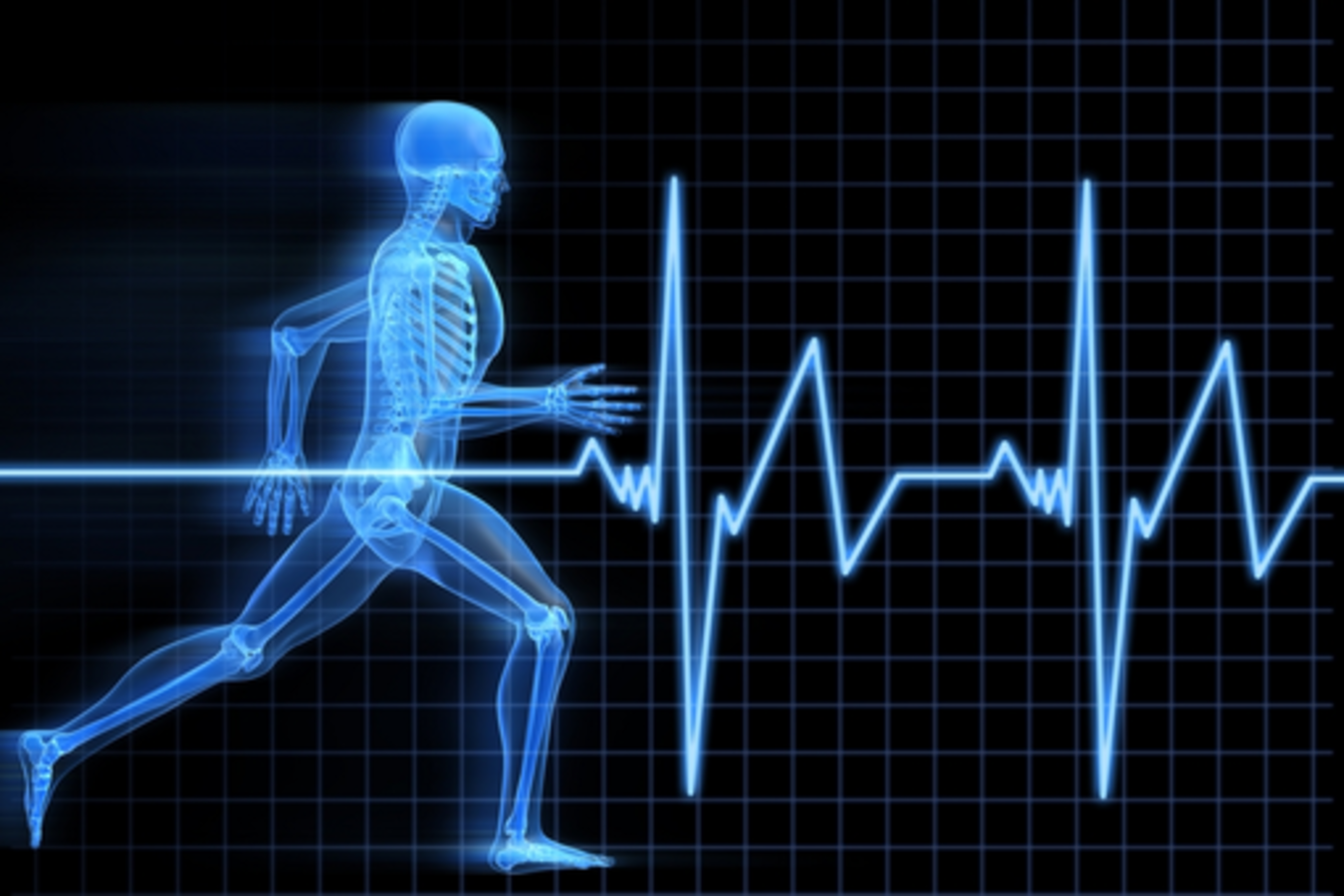
In the ever-evolving world of sports, technology stands as a driving force that continually reshapes the boundaries of human performance. The combination of innovation and athleticism has resulted in transformative changes, from enhancing training methods to significant tools athletes use to excel.
One of the profound impacts of technology is observed in the way training is characterized. In fact, athletes now utilize new techniques to enhance their physical ability, such as high-performance analytics that provide an understanding of strengths and weaknesses, wearable devices that are capable of monitoring biomechanics as well as providing real-time data on an athlete's movements.
Furthermore, the integration of virtual and augmented reality has revolutionized the way athletes prepare. On one hand, this inclusion offers a realistic environment for mental rehearsal, allowing athletes to visualize and anticipate game scenarios, enhancing their decision-making skills under pressure as well as contributing to the development of their muscle memory. On the other hand, it delivers digital information by considering the position of the players, the ball, and other parameters, like the model that Microsoft has built for LaLiga in soccer that calculates the probability of each player scoring.
Moreover, the impact of technology extends beyond the individual athletes. Data analytics has become a notable change in strategizing and decision-making. Coaches and analysts break down vast amounts of data to gain insights into opponents' tactics and identify patterns that inform deep details. In sports like soccer and basketball, tracking systems provide heat maps of players' movements, aiding the craft of strategies that exploit opposition vulnerabilities.
Consequently, it has significantly impacted the spectator’s experience. The introduction of high-definition cameras, instant replays, and immersive broadcasting technologies has transformed how fans engage with their favorite sports. These advancements not only enhance the entertainment value but also provide a deeper understanding of the game. This shortens the distance between being a passive observer and an active participant, creating a more immersive and interactive fan experience.
Although, while technology has undeniably elevated sports performance, this innovation still faces challenges. The reliance on data and analytics raises questions about the balance between science and intuition in sports. Athletes may face the pressure to meet statistical numbers, potentially overlooking their authentic performance. Moreover, the accessibility of advanced technology can create disparities and unfairness, as athletes with greater resources may have a competitive advantage over those with limited access.
Professional sports, such as soccer, rugby, and cricket, use GPS technology as an example. GPS devices can track the movement, speed, distance, and heart rate of players during training and competition, providing valuable data for coaches and analysts to optimize performance, prevent injuries, and develop tactics. For instance, the German national soccer team used GPS devices during the 2014 FIFA World Cup, which helped them win the tournament by improving their fitness, recovery, and game plan.
In conclusion, the impact of technology on athletes’ performances is a multifaceted phenomenon that continues to shape the landscape of the sports realm. From personalized training schemes to innovative equipment designs, the fusion of technology and sports has propelled athletes to unprecedented levels of achievement. While challenges persist, the overall trajectory points towards a future where technology and athleticism coalesce to redefine the very limits of human potential in the world of sports.